Here's where to see historical Black landmarks in Spartanburg County
- Oops!Something went wrong.Please try again later.
Juneteenth is more than a celebration with family and friends held in June. It commemorates the emancipation of enslaved African Americans and along with that, honors the accomplishments and history of African-Americans.
Records are sketchy about many of those achievements that weren't documented and lost with time. But there are still some old and new landmarks around Spartanburg County that honor African Americans. Here are just a few people and places to view and learn about this history during Juneteenth and through the year.
Juneteenth in Spartanburg: Juneteenth celebrations kick off in Spartanburg. Here's what to know about the events.
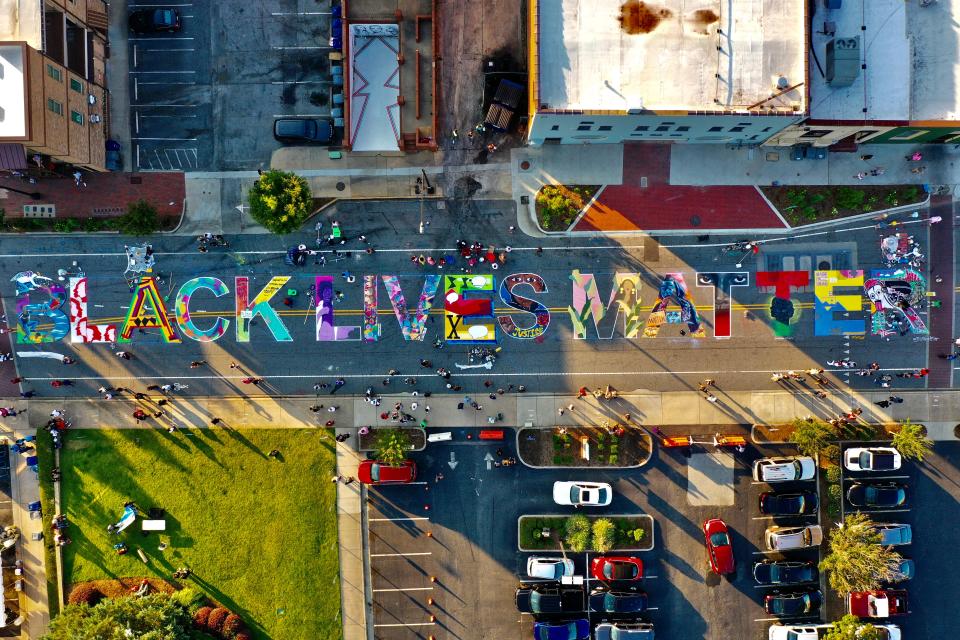
Black Lives Matter Mural
►The mural stretches down West Broad Street between Church and Spring streets, facing Spartanburg City Hall and the Spartanburg Police Department.
►The mural was created in June 2020 and features designs from 16 artists. Each artist was given a letter to design as part of the mural. Some artists traveled from as far away as New York to be part of the project. The mural was created with help from residents who helped to paint the letters.
►The project followed weeks of protests in Spartanburg and around the country following the death of George Floyd and reports of police brutality in the United States. It was designed to bring awareness to the Black Lives Movement.
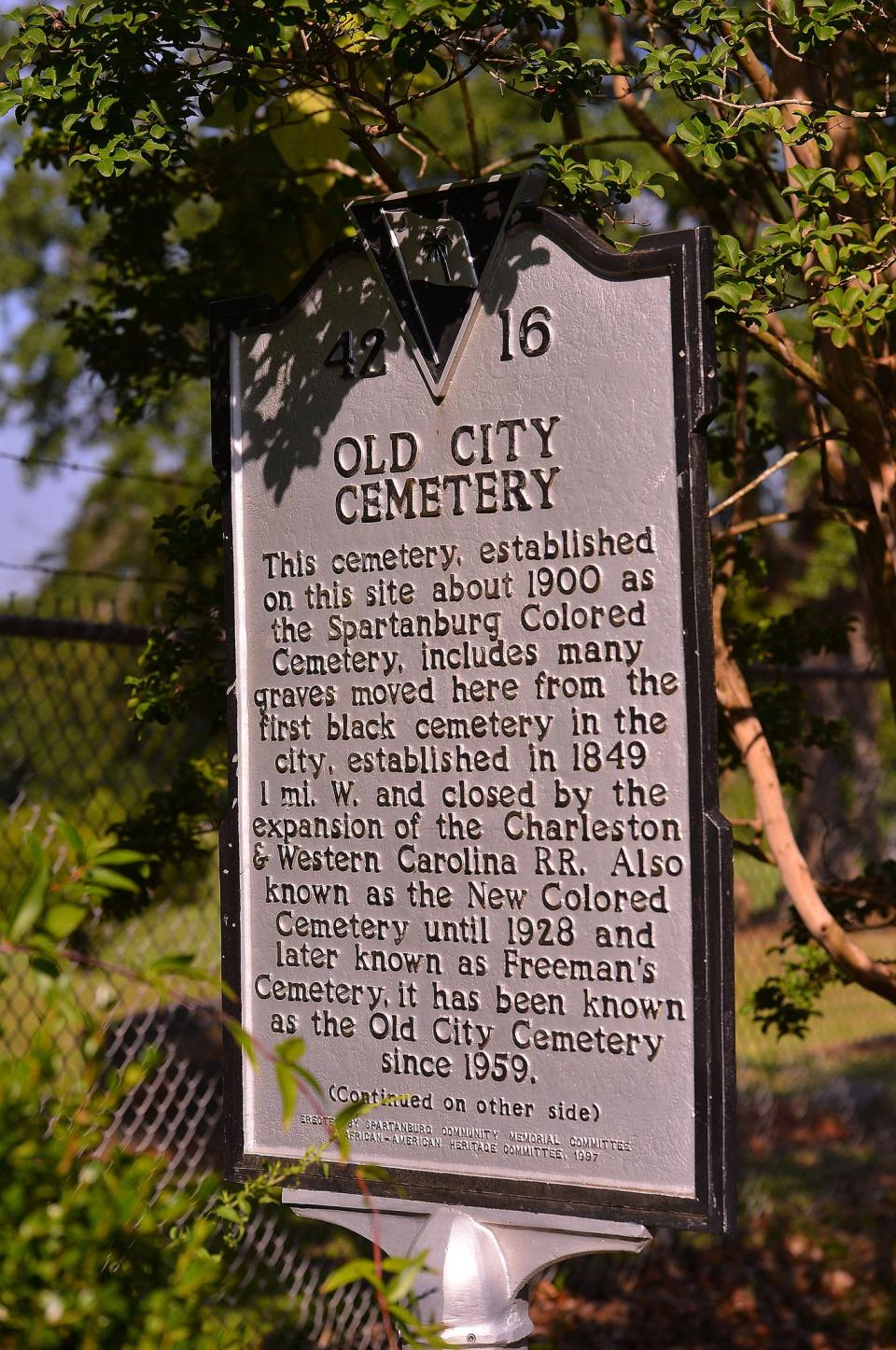
Cemetery Street Cemetery
►The cemetery was opened as an extension of Magnolia Cemetery for African Americans and located on Winsmith Avenue.
►It is the oldest black cemetery in the city. The Charleston and Western Railroad bought 11 acres and reburied people on Cemetery Street. The land was deeded to the city from 1908-1910. By 1926, all of the people had been moved to Cemetery Street.
►Among the prominent Black leaders buried there include May H. Wright, who was born in 1862 to slave parents. Wright began her teaching career in 1879 in Inman after graduating from Claflin College in Orangeburg. She became a leading educator in Spartanburg County and died in 1946, and in 1951-52 an elementary school named in her honor opened.
►Besides Wright, other notable African-Americans buried there are Thomas and Charles Bomar, the city’s first black alderman and Church Street merchant respectively; R.N. Alexander, the first black principal; Ernest Coln, civic leader, and grandfather of Brenda Lee Pryce; and J.W. Johnes, the first black Justice of the Peace.
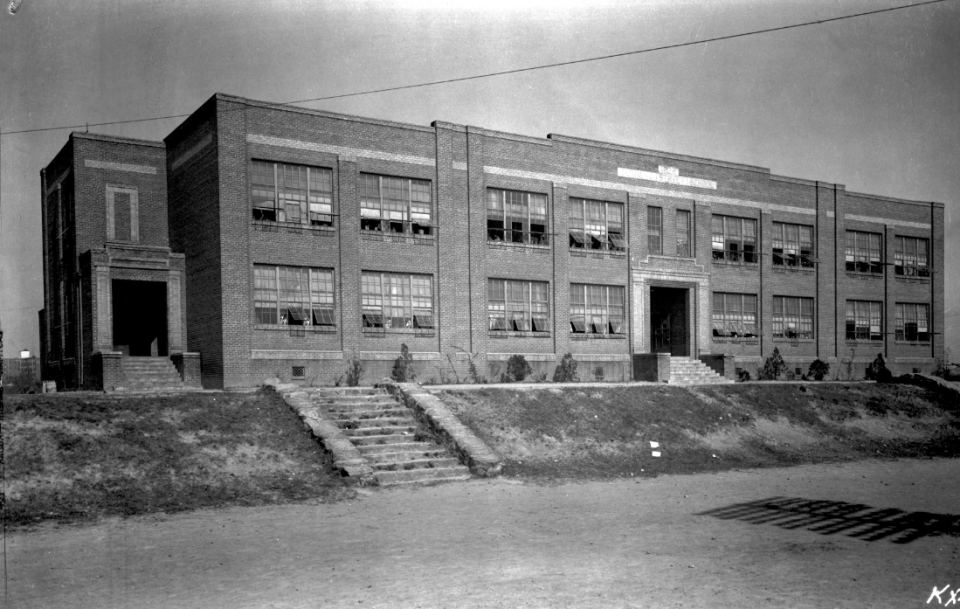
Cumming Street School
►The school was one of the earliest schools to educate Black students in the city of Spartanburg. It opened in 1926 for students in grades 1-9, the school served more than 1,000 students each year until closing in 1969, when schools in Spartanburg were finally desegregated.
►Afterward, the school was used by Spartanburg School District 7 as an administrative building. It is now located on the campus of Wofford College.
►At the May 9 Spartanburg City Council, council members voted unanimously to add Cumming Street School to the City's local Historic Register.
Citizens take action: How Spartanburg citizens helped get Cumming Street School on city's historic register
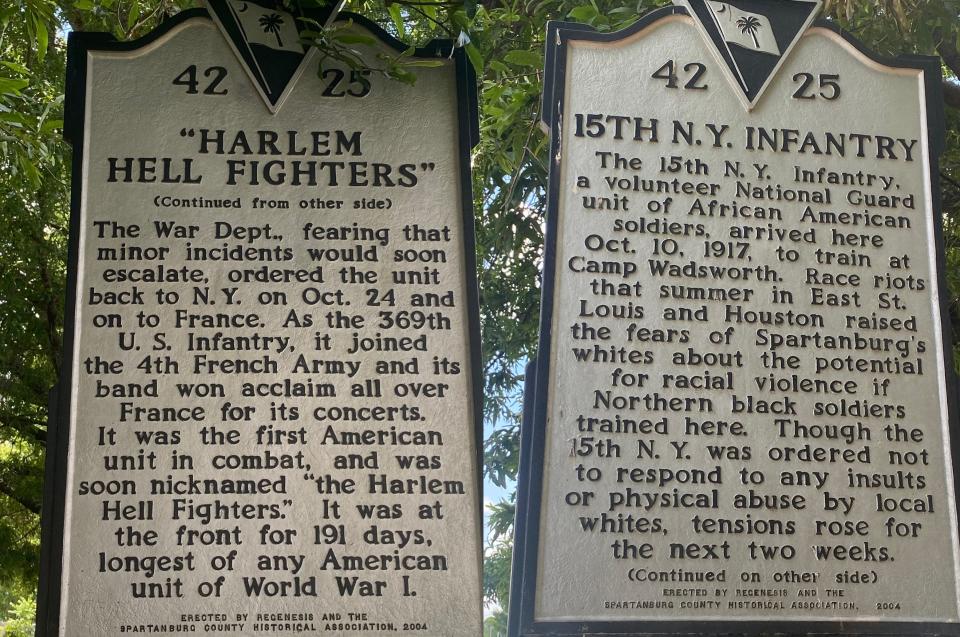
Harlem Hell Fighters
►A historical marker is at the intersection of W.O. Ezell Boulevard and Blackstock Road to honor the Black National Guard unit from Harlem, New York.
►The soldiers were supposed to train at Camp Wadsworth in Spartanburg in 1917. The soldiers stayed less than two weeks because there were fears of a race riot breaking out having black soldiers training in a Southern town.
►The soldiers were later sent to France where they fought alongside French soldiers. The US would not allow black soldiers to fight alongside white soldiers, but France didn't follow that policy.
►The Hell Fighters received France's highest honor for bravery The marker was erected in October 2004.
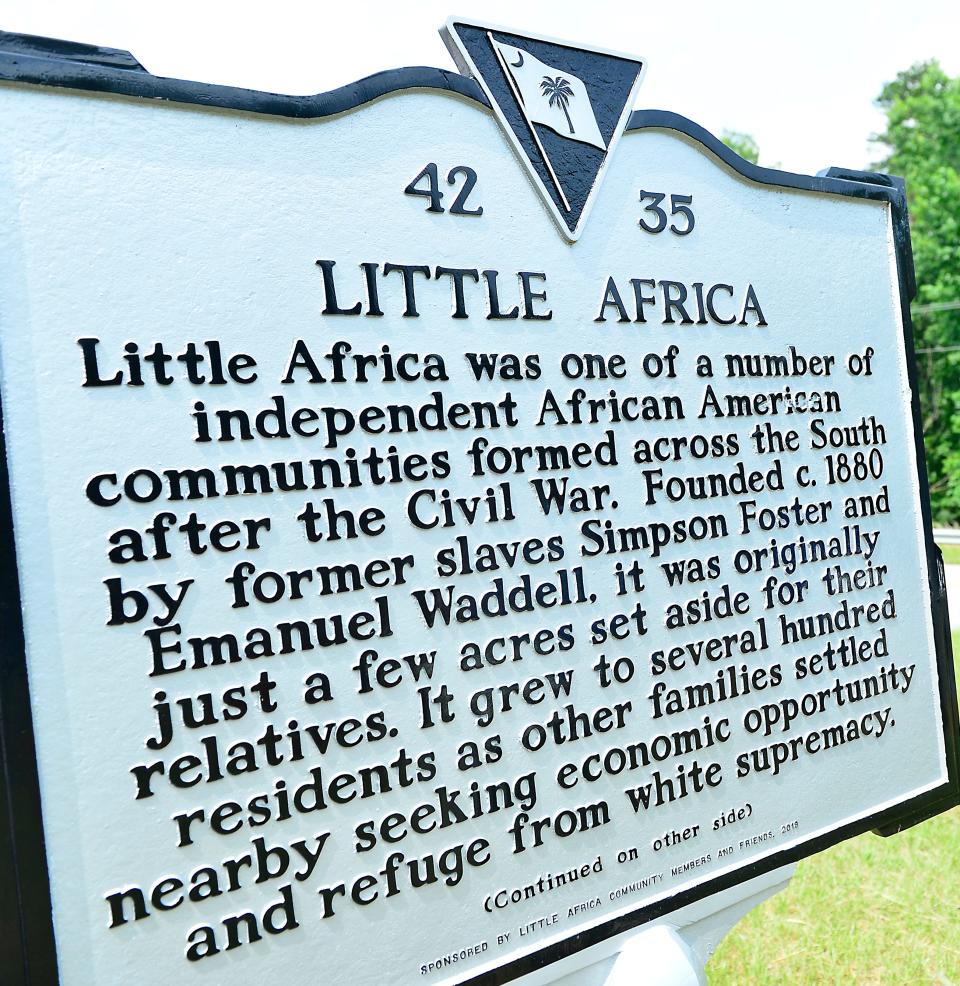
Little Africa Community
►Little Africa was founded around 1880 by the former enslaved Simpson Foster and Emanuel Waddell, as Black families sought refuge from white supremacy, according to the roadside marker.
►It was one of a number of independent African-American communities formed across the South after the Civil War.
Overcoming adversity: Little Africa overcomes adversity, unveils new welcome sign in northern Spartanburg County
►In the summer of 2020, protests and calls for justice broke out across the state and country in the aftermath of the George Floyd killing. In Little Africa, the peace was shaken in June 2020 when vandals painted swastikas and racial slurs over several road signs, a guard rail and on Wilkie Bridge Road. Within days, the community rallied at a Unity Day event, cleaned up the symbols and slurs and cheerfully painted "Little Africa Cares" on Wilkie Bridge Road.
►In 2021, vandals struck again when a temporary welcome sign on Highway 9 was shot.
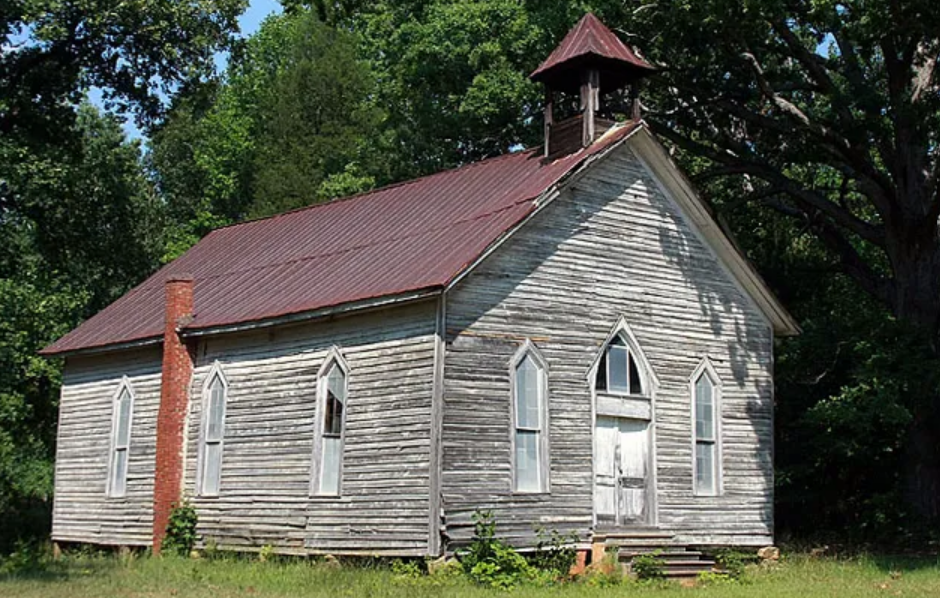
Mulberry Chapel Methodist Church
►Also known as Mulberry Chapel Methodist Episcopal Church, Mulberry Chapel is a Methodist church located near Pacolet, in Cherokee County. The church was built about 1880 and is a one-story, vernacular Gothic Revival-style frame church building.
►Mulberry is one of only a few extant African-American churches in South Carolina dating from the first 25 years after the American Civil War. Also on the property is a cemetery with approximately 20 marked graves and an additional 20 or more unmarked ones. Headstones date from 1888 to the 1960s. The most prominent figure associated with the cemetery is Samuel Nuckles, a former slave who served in the 1868 Constitutional Convention and represented Union County in the South Carolina House of Representatives during Reconstruction, between 1868 and 1872.
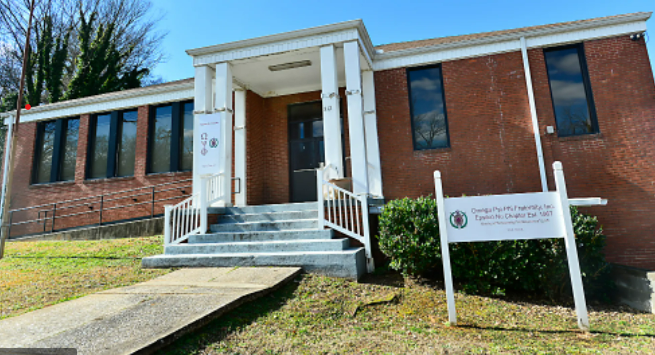
Omega PSI PHI Fraternity House
► Established in 1883, it was the first public school for Black students in Spartanburg. Located at 312 N. Dean St.
► The Rev. C.C. Scott, pastor of Silver Hill Methodist Church, was the first principal. He was later replaced by R.M. Alexander, who would go on to serve as principal for more than 30 years until his death.
► Up until the construction of the school Mary H. Wright started in the early 1900s, this was one of the few schools for Black students.
► In 1939, the old frame building was remodeled and brick veneer was added. The school was then renamed Alexander School.
► The fraternity purchased the building from Spartanburg District 7 in1990. It has renovated the building for its fraternity programs.
J.W. Woodward Funeral Home
►The J.W. Woodward Funeral Home is not only Spartanburg’s oldest black-owned family business but one of the oldest - period. it is more than 104 years old. Located at 594 Howard St.
►Woodward’s roots go back to 1916 during the Jim Crow era when whites dominated the business community in Spartanburg and elsewhere.
Celebrating 104 years: At 104, Woodward Funeral Home is Spartanburg’s oldest Black, family-owned business
►The John W. Woodward Funeral home was first located on Short Wofford Street, then moved to its current location at 594 Howard St. in 1946 -- the site of a former hospital for African Americans in Spartanburg.
►John Woodward died in 1947. His son, John Stinson Woodward, returned to Spartanburg upon graduating from the Renard College of Mortuary Science in New York to serve as the owner of the J.W. Woodward Funeral Home Inc. He was the driving force behind the business for most of his life. Today the business is operated by his daughter Kay Woodward and her family.
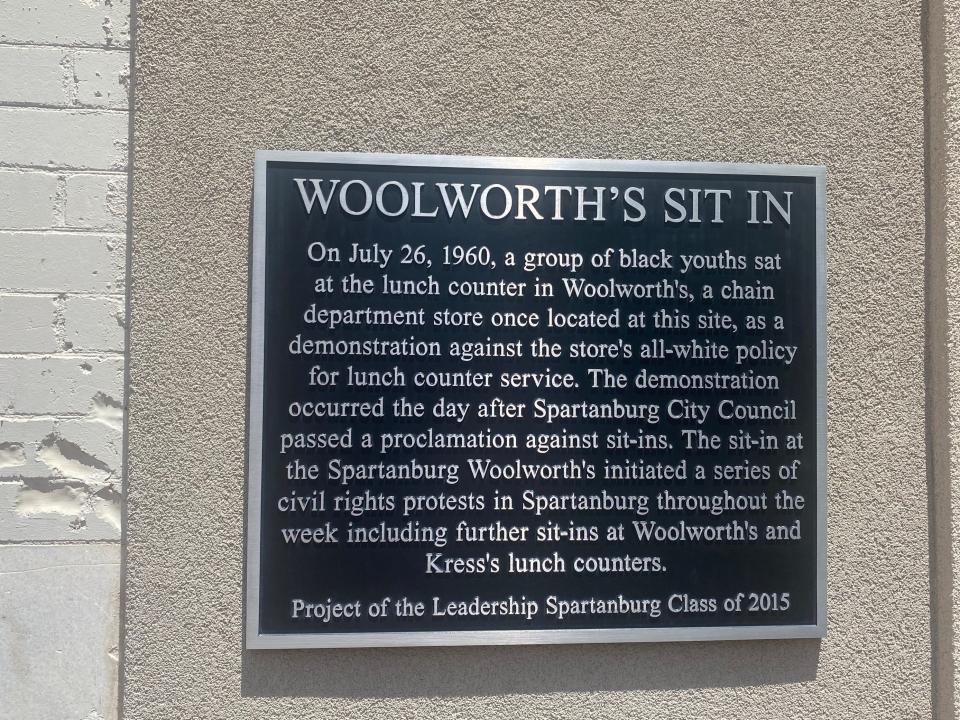
Woolworth's lunch counter protest
►A group of Spartanburg students joined other young people across the country in sit-in protests at Woolworth's buildings. Spartanburg students held their sit-in at former Woolworths, at 127 Dunbar St., on July 26, 1960.
►The protest came after Spartanburg City Council passed a proclamation against sit-ins. The protest ignited a series of civil rights demonstrations across the city and at the Woolworths and Kress lunch counters.
► The building is now the home of McMillan Pazdan Smith but there is a historical marker outside the building honoring the event.
►A historical marker was erected in 2015.
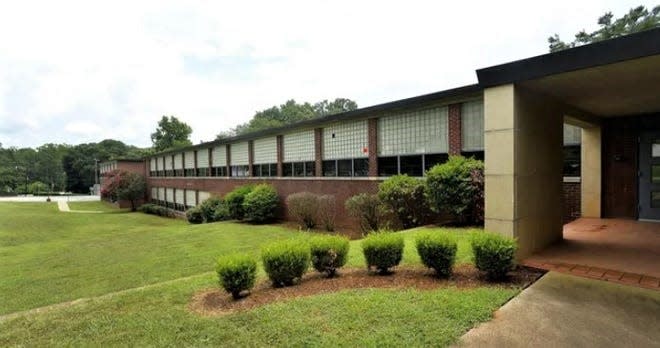
Mary H. Wright Elementary School
►The Mary H. Wright Elementary School was built during the state's struggle over racial equality in education during the 1950s. After the US Supreme Court ruled racial segregation in public schools unconstitutional, the school was an attempt to continue segregation. Located at 201 Caulder Ave.
►The school, constructed in 1951, was one of the first buildings constructed in the state with funds from the statewide sales tax used to finance the state’s equalization program of Gov. James F. Byrnes and was cited in litigation from the period for its importance in relation to this program. The school is also significant as an example of International style institutional architecture in the Upstate. The second wing was added to the east end of the original building by Hudson and Chapman in 1960.
►A prominent local developer is working to transform the school into apartments and give the old school new life.
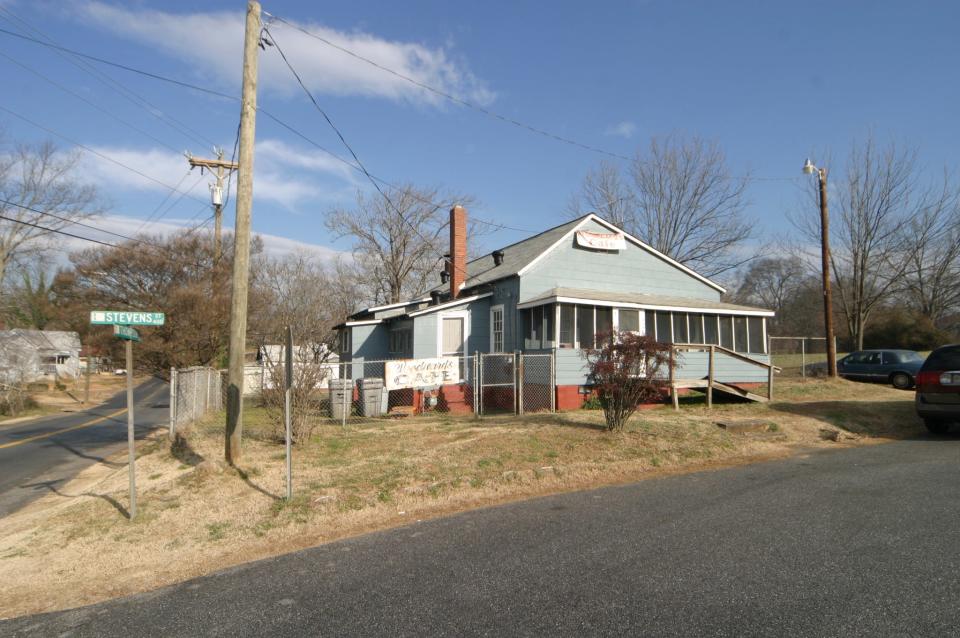
Woodward's Cafe
►Charles Whitmire was the second-generation owner of Woodward's Cafe. Whitmire and his mother, Ida, purchased the cafe from his uncle, Robert Woodward, in 1958. Was located at 438 Stevens St. in Spartanburg
►Woodward's Cafe was one of Spartanburg's oldest black-owned businesses before it was destroyed by fire in 2005. The cafe was opened by Robert Woodward on Feb. 28, 1928, at the height of segregation. Before the fire, both white and black patrons shared their meals and their stories at the restaurant.
This article originally appeared on Herald-Journal: Historic Black landmarks in Spartanburg County: Where to find them
